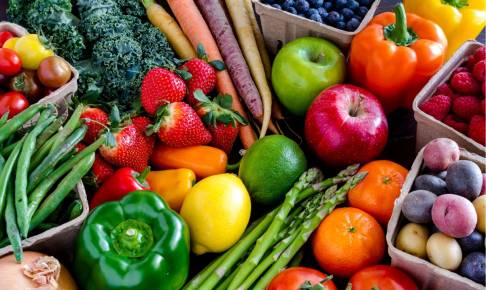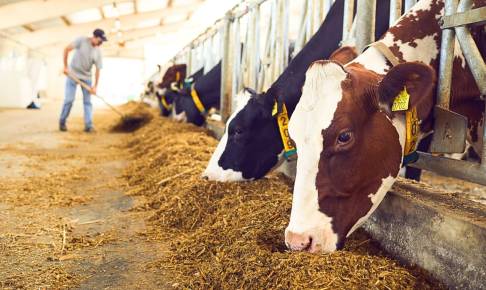New "Dirty Dozen" fruits and vegetables list sparks debate
The Environmental Working Group (EWG) has released its annual "Dirty Dozen" list, highlighting produce with high pesticide content.
The report shows that approximately 95% of non-organic strawberries, leafy greens (e.g. spinach and kale), collard and mustard greens, grapes, peaches, and pears tested contained detectable levels of pesticides. These findings have led to the creation of the "Dirty Dozen" list by the EWG, which has been annually published since 2004. Nectarines, apples, bell and hot peppers, cherries, blueberries, and green beans also made the list of the most contaminated produce samples.
Pesticides have been linked to various health issues, including preterm births, congenital malformations, spontaneous abortions, lower sperm concentrations, heart disease, cancer, and other health problems.
However, the study also revealed the "Clean Fifteen", the list of conventionally grown produce with the least amount of trace pesticides, topped by avocados, sweet corn, pineapples, onions, and papayas. Nearly 65% of the fruits and vegetables in this category had no detectable pesticide residues. Other produce on this list included frozen sweet peas, asparagus, honeydew melons, kiwis, cabbage, watermelons, mushrooms, mangoes, sweet potatoes, and carrots.
The testing process involved the examination of 47 510 samples of 46 non-organic fruits and vegetables, with the majority of testing conducted by the United States Department of Agriculture (USDA) Pesticide Data Program, along with the US Food and Drug Administration (FDA). They conducted meticulous washing, peeling, and scrubbing of the produce to simulate consumer practices. The samples were then tested for over 250 different pesticides, and the results were made available online.
Critics argue that the report is unfair to farmers, highlighting that approximately 70% of non-organic produce tested falls within the legal limits set by the US Environmental Protection Agency (EPA). The Alliance on Food and Farming, which represents both organic and conventional farmers, emphasizes that it’s the dose of exposure that determines the potential for harm, underling that the levels found in the produce are significantly lower than those required to cause any adverse effects.
The debate between safe levels and legal levels has arisen, with critics pointing out instances where potentially dangerous chemicals were allowed on the market despite scientific concerns. The report also highlights the presence of banned pesticides in crops sold in the US, including green beans with traces of acephate, a pesticide banned for use on green beans over a decade ago. The European Union has banned several pesticides found on the "Dirty Dozen" list due to their harmful effects on human health.
Notably, the study looked, for the first time, at reported levels of fungicides, a type of pesticide used to combat fungal diseases. Fungicides constituted four out of five of the most frequently found pesticides on the "Dirty Dozen" list, with particularly high concentrations detected. Two specific fungicides, fludioxonil and pyrimethanil, topped the list with the highest concentration levels.
Fludioxonil was found on 90% of peaches and nearly 30% of all "Dirty Dozen" samples, while pyrimethanil was detected on various fruits such as pears (65%), apples (30%), grapes, strawberries, and nectarines (more than 25% each). Their application closer to the time of sale may contribute to the higher concentrations found on the produce.
Fludioxonil may have disrupting effects on hormone and neurological systems, according to some studies, while EPA finds it safe at regulated levels. Pyrimethanil, classified as a "possible human carcinogen” by EPA in 2004, has been linked to adverse effects on aquatic life and it may disrupt thyroid levels in pregnant women. Moreover, fludioxonil and pyrimethanil have been shown to impact androgen activity in both men and women.
As the discussion surrounding pesticide use and its impact on human health continues, consumers are encouraged to make informed choices when selecting their produce. Washing fruits and vegetables thoroughly, regardless of their organic or non-organic status, remains a crucial step in reducing potential pesticide residues.
Source:






















